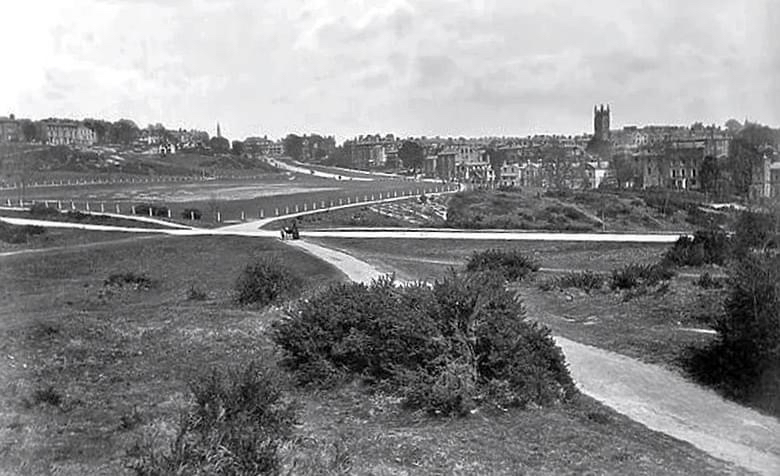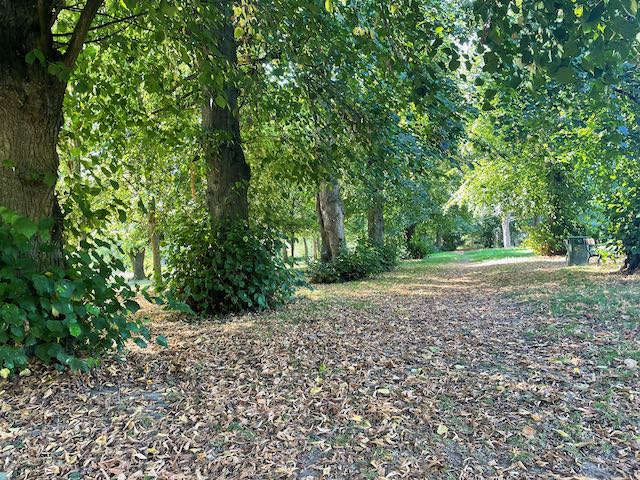
Coralroot bittercress
10th May 2021
One of the joys of the Commons at this time of year is discovering spring flowers emerging in glades and along the sides of paths. I love seeing the bluebells and wild garlic near the old racecourse, the first hawthorn buds opening, and the dog violets along the banks of Fir Tree Road below the cricket pavilion. We don’t yet have as many woodland flowers as we’d like because so much of our woodland is recent regrowth, with dense holly and laurel depriving other species of light, but each year more are appearing. The Commons Management Plan aims to increase species diversity and Steve, our warden, has been clearing holly and laurel scrub and sowing heather, yellow rattle and wildflower seed in promising sites.
In bloom now
One beautiful flower is just coming into bloom, a couple of weeks late this year. Coralroot bittercress (Cardamine bulbifera) is a very localised native plant of ancient woodlands in the High Weald and the Chilterns, listed in the Kent Rare Plants Register. Its delicate flowers are similar to those of ladies smock – perhaps a little darker pink and on longer stems. But it is easily distinguished by its palmate, serrated leaves and by the shiny black or purple bulbils on its stems.
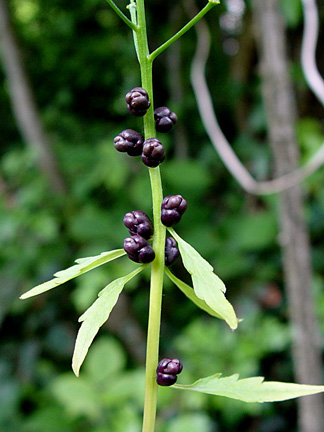
Coralroot bulbils.
Two colonies on the Commons
Coralroot is a lover of damp, shady deciduous woodland. It spreads profusely where it is happy, with sunlight in spring but not so much that it is overtaken by grass or vigorous plants like nettles, hogweed or elder. It flourishes in several woods around Tunbridge Wells, including along High Rocks Lane. We are lucky to have two colonies on the Commons where tree cover must have been preserved through the centuries of open heathland: in the hollow around the Tarry Path pond in Rusthall and at the western end of the Terrace Walk in Tunbridge Wells. We have been monitoring the two colonies since 2017 to understand what conditions suit the coralroot plants and how best to protect them and encourage new growth despite ash dieback affecting the trees.
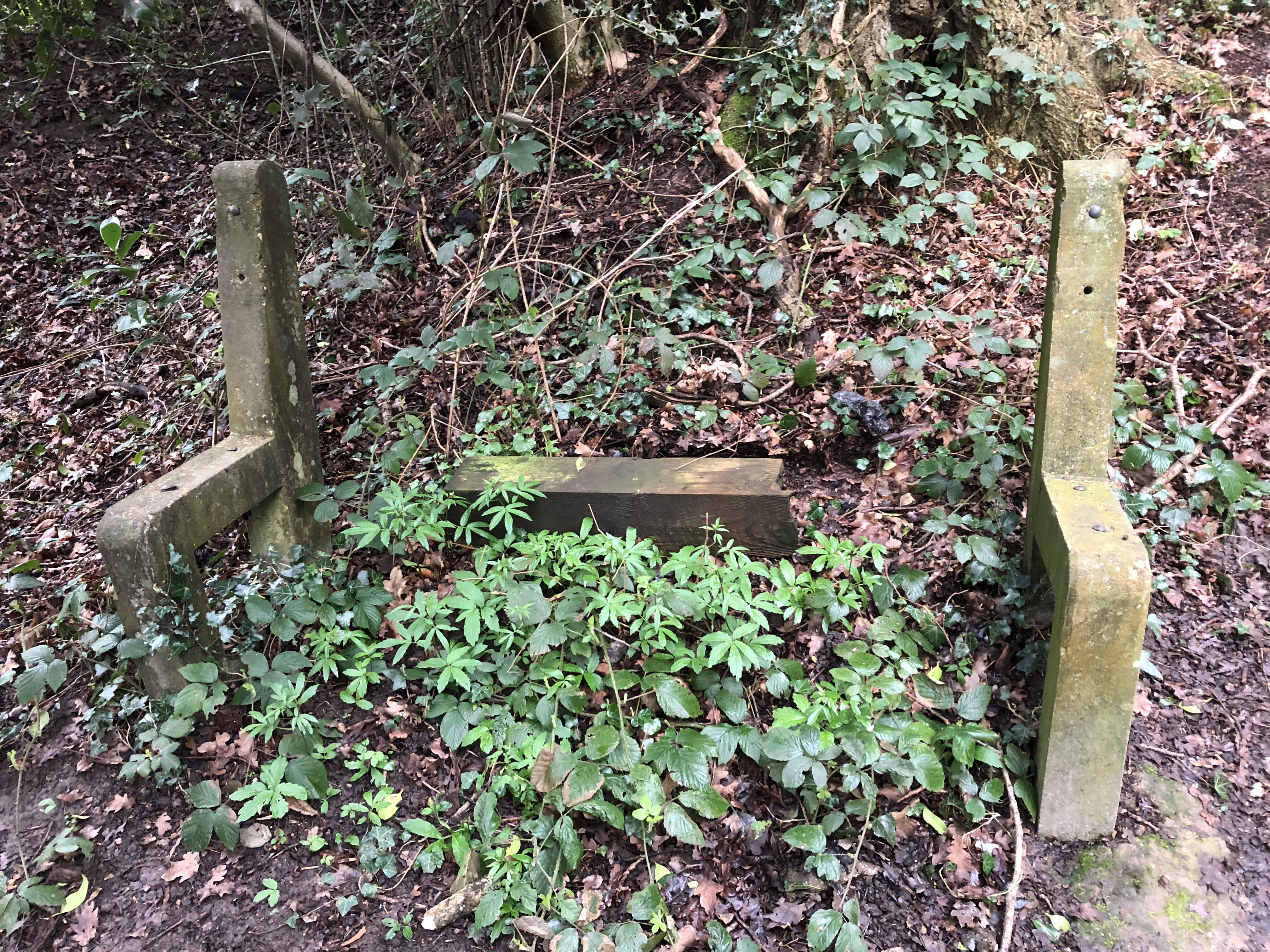
It’s all about the bulbils
Coralroot is a perennial, flowering after around three years. Its leaves appear in March, before deciduous trees come into leaf and competing ground cover becomes too dense. The flowers bloom in dappled sunlight in late April and early May and by July the plants have disappeared. The way that coralroot reproduces is unusual, via the black bulbils on the stems, rather than seeds. The bulbils fall to the ground in May or June and after a few weeks, they start to root. This may explain why coralroot is so localised as the bulbils do not naturally disperse far from their original sites. Research suggests that they may be carried by water along ditches and that humans may inadvertently help with local propagation along paths and roadsides. This theory can be seen in action this year in the Tarry Path area. Despite some trampling of plants near the steps and in the compacted ground by the paths which have been so heavily used over the past months, new clusters of plants have appeared between the steps, along the path verges and in shady spots nearby.
Results are in from the coralroot count
We carried out our annual plant count a couple of weeks ago and were delighted to discover that the Rusthall colony is thriving, despite the challenges of weather and increased footfall. The Tunbridge Wells colony has been declining for the past three years, but we hope we can come up with some ways to reverse that.
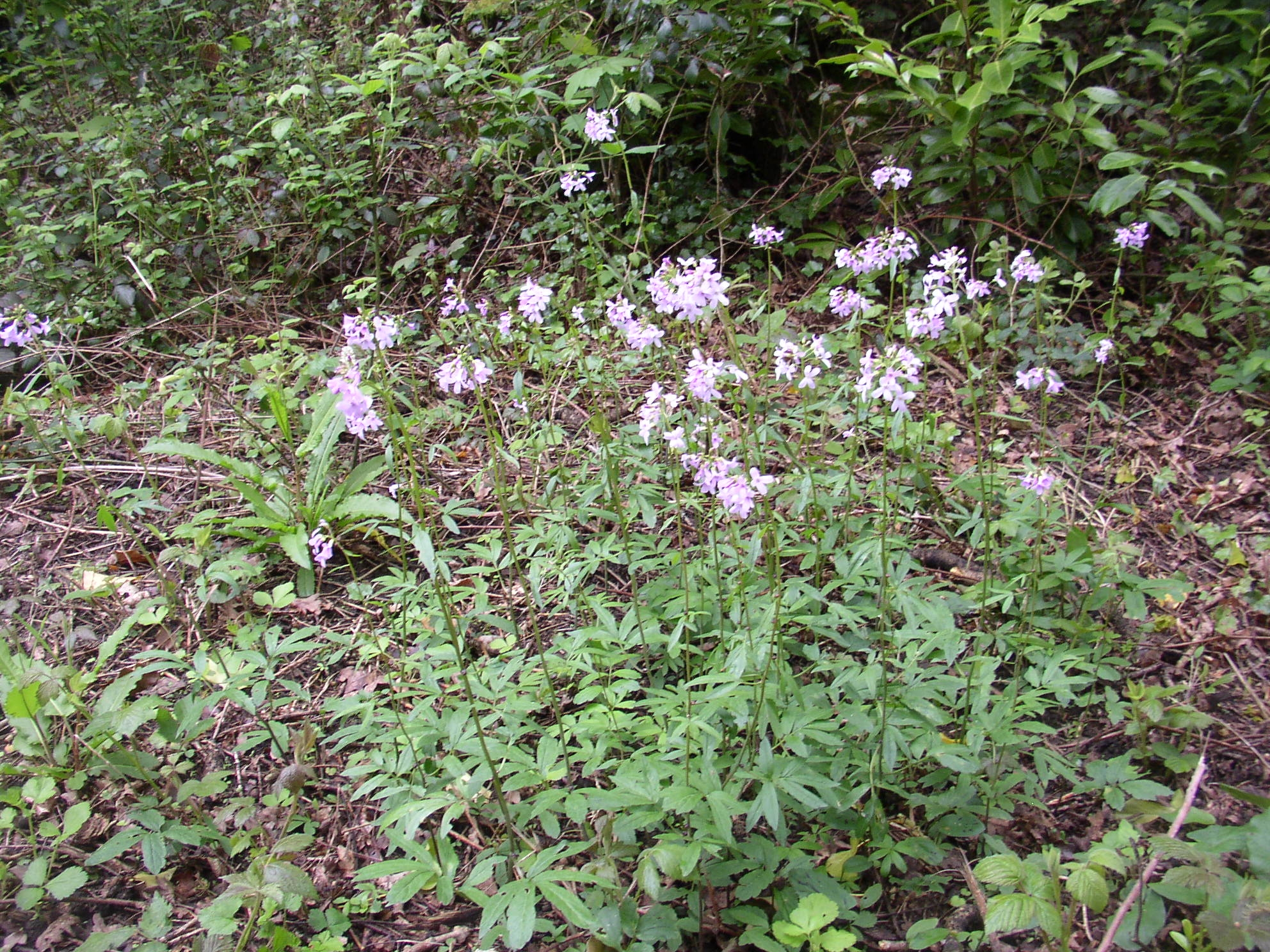
So next time you are passing along the Tarry Path or the Terrace Walk, take a closer look at the verge and enjoy one of our rare and beautiful plants, just don’t be tempted to pick it please.
